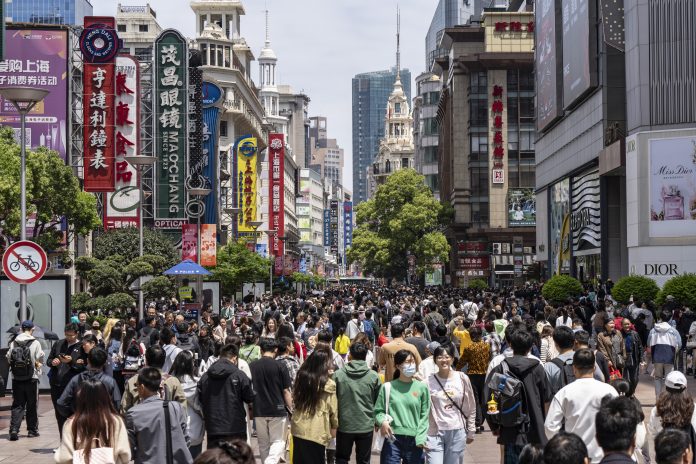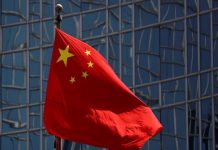
BEIJING – China’s consumer prices rose less than expected in May and factory prices dropped for the 20th month in a row, fuelling concerns over persistently weak demand.
The consumer price index rose 0.3 per cent from a year earlier, the National Bureau of Statistics said on June 12, hovering above zero for the fourth straight month and comparing with a median forecast of 0.4 per cent in a Bloomberg survey of economists. Factory-gate prices extended a deflation streak that started in late 2022.
The still-weak prices have fuelled calls for more government action to shore up demand.
“The deflationary pressure has not faded yet,” said Pinpoint Asset Management chief economist Zhang Zhiwei, noting that consumer prices fell modestly in May from April.
“A more comprehensive and proactive policy stance covering fiscal, monetary and property sector may be necessary to boost domestic demand more effectively.”
Core inflation, which strips out volatile food and energy prices, rose 0.6 per cent. The producer price index slid 1.4 per cent in May from a year earlier after a 2.5 per cent decline in April, largely due to rises in commodity prices.
The government has struggled to spur higher household spending amid a prolonged real estate slump and a gloomy job market, with China suffering its longest deflation streak since the global financial crisis through January.
Falling producer prices are squeezing companies’ profits and making them reluctant to invest. There is a risk consumers could become even more reluctant to spend in anticipation that goods will be cheaper in the future.
Mr David Qu, an economist with Bloomberg Economics, said: “Another month of anaemic consumer price data is a clear sign more stimulus is needed to boost China’s domestic demand. We expect some relief to come June 17 when we see the People’s Bank of China starting its 2024 rate cuts with a 10-basis point reduction in the key rate.”
Industrial enterprises have long been struggling with slowing profit gains, as price competition in sectors such as battery-making and electric vehicles gets intense amid complaints over China’s manufacturing overcapacity by foreign governments.
Possible moves by Beijing to curb excess capacity in response to the concerns might “help alleviate producer price deflation,” said Dr Raymond Yeung, Greater China chief economist at Australia and New Zealand Banking Group.
“In our view, however, the key to address the downward price pressure is to revive domestic demand. As the property woes remain stubbornly weak, the low inflation regime seems to be a normality,” he added.
Economists surveyed by Bloomberg forecast consumer prices to increase by 0.7 per cent in 2024, a far cry from the 3 per cent official target.
China in May unveiled a broad real estate rescue package to address the biggest cloud over China’s economy, relaxing mortgage rules and encouraging local governments to buy unsold homes. But investors and analysts remain sceptical that the measures will be sufficient, due to the limited central bank funding support revealed and apparently slow progress in trial programmes in several cities.







































